Safari Rally - The tough and rough car rally
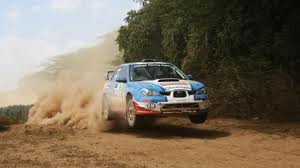
Back then when we were young boys in rural Kenya and still fascinated by cars, there was no other better way of welcoming Easter than the Safari Rally.
The roaring sounds of speedy rally cars cruising Kenyan rural sides was a five days spectacle that no one ever wanted to miss. And everyone wanted to be associated with the tough drivers then; Joginder Singh, Björn Waldegård, Shekhar Mehta, Hannu Mikkola, Juha Kankkunen etc.
Everyone admired the rally cars and even their unique names; Toyota Celica TCT, Audi 200 Quattro, Lancia Delta Integrale, Mitsubishi Lancer Evolution 6, Ford Focus WRC and many more.
Safari Rally was initially called The East African Coronation Rally (EACR). It was started as a celebration for the coronation of Queen Elizabeth II in 1953. The rally covered three countries; Kenya, Tanganyika (Now Tanzania) and Uganda which were the members of East African Coronation then.
The rally kept its glory but mainly as a regional rally. In 1960, the rally was renamed East African Safari Rally and later changed to Safari Rally in 1974 when it became part of theWorld Rally Championship (WRC) series.
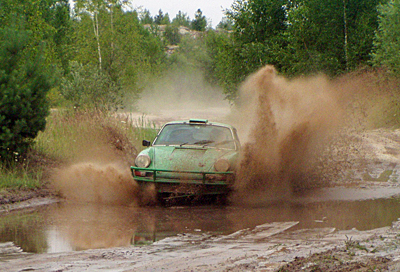
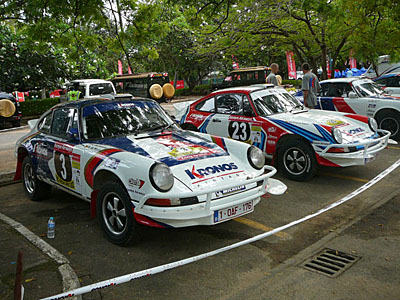
For a period of 28 years until the year 2002, Safari Rally was a complete measure of how fast and furthest man and machine could go while limited by time and other factors. The rally was later excluded from the World Rally Championship (WRC) series in 2003 due to lack of sponsorship funding and is currently known as the KCB Safari Rally after its sponsor, Kenya Commercial Bank (KCB).
Safari Rally featured over 1000 km of timed stages, with some stages well over 60 km long, unlike most rallies which had less than 500 km of total timed distance. Drivers had to wade through muddy weather roads, and wild animals. Heavy rainfalls over the Easter period only made the rally to be more torturous. Incidentally, all these made the rally so enjoyable to watch.
The rallies of 1963 and 1968 were some of the toughest rallies ever experience in Safari Rally. Out of almost a hundred cars that started the race only seven cars made it to the finishing line. Shekhar Mehta is the most successful Safari Rally driver. He won the rally a record five times 1973 and 1979 to 1982.
Most drivers would pull out of the rally because they either hit an animal, stuck in the mud or simply the car could not take it anymore. Nothing dominated television and newspapers for that duration of five days or so than Safari Rally.
For those who wanted to show off, this was the event to make history. Idi Amin, the Ugandan dictator, tried it as a celebration just after overthrowing the civilian ruler Milton Obote in 1971 but he couldn’t make it.
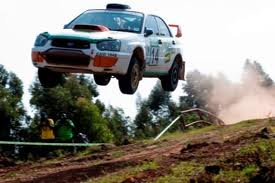
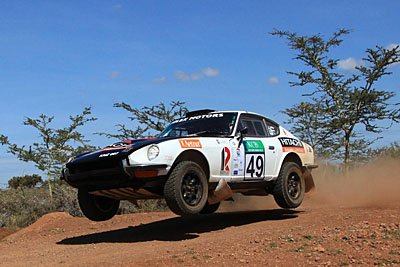
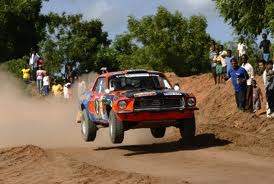
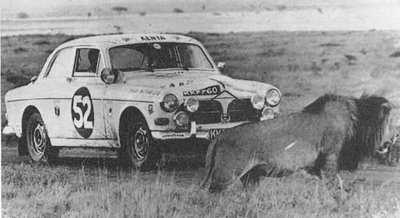
Safari Rally became popular when it was included as part of the World Rally Championship (WRC) series. This boasted the regional economy especially in hospitality industry due to the high number of crews that took part in the event. Most of them took up residence in big hotels and they could even arrive 3 months prior to the event and leave long after.
Safari Rally was tough and winning it was a major achievement for car manufacturers. They used such achievement to promote and market their cars. Today, the KCB Safari Rally still follows the same scripts as was Safari Rally, tough and rough, although the rally period has been shifted from Easter period.
The World Rally Championship (WRC) has expressed interest of re-taking the rally and restoring it to its original status and name – Safari Rally hoping that the fans and manufacturers will come back to take advantage of the new rally.
Safari Rally was a big business to car manufactures and the World Rally Championship knows that only too well. The rally will remain one of the toughest car rallies and as Colin McRae did put it in 1997 when he won the rally on a Subaru Impreza WRC97, “Safari Rally is the ultimate rally for ultimate rally drivers”.
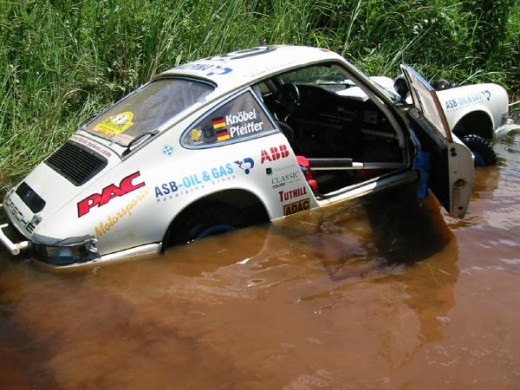
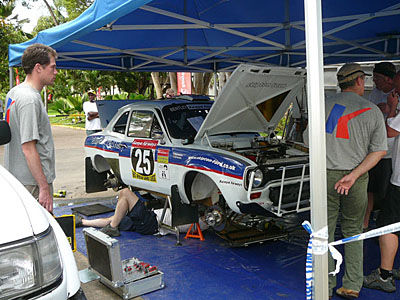
Related hubs ...
- Rhino Charge - A gruelling rally raid for a worthy cause
Rhino Charge rally raid require competitors to maneuver a rough terrain in an effort to raise fund for Aberdares Conservation. The location and exact route for the race is never revealed in advance until the very eventful day.
- Lamu Cultural Festival And The Experience Of A Medieval Old Town
The Lamu Cultural festival is a wonderful event to experience the mystery of a medieval old town with magnificent architectural art and unspoiled beaches of an enchanted island where culture was born and continues to live.








